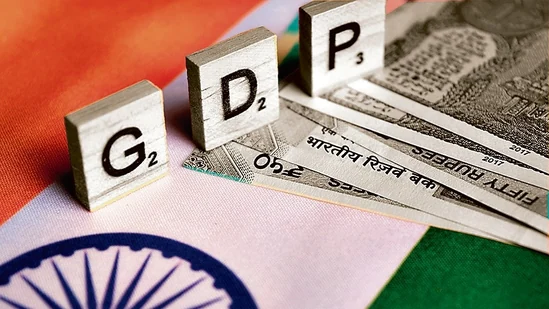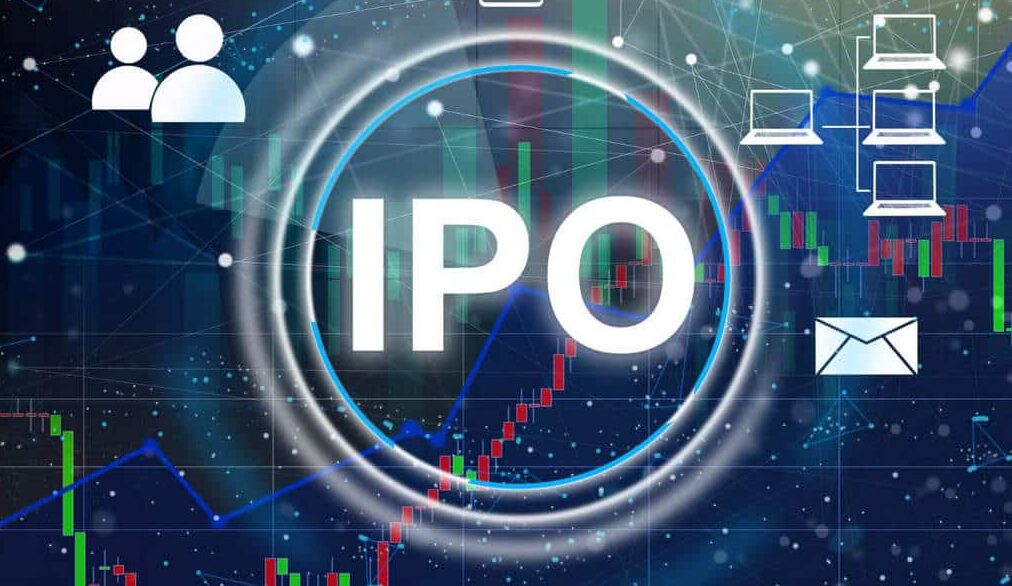The economic survey, which was presented by Finance Minister Nirmala Sitharaman in Parliament on Friday, said that India’s economy is likely to grow between 6.3% and 6.8% in the financial year 2025-26 (FY26).
This forecast aligns with growth projections from major international organizations, including the International Monetary Fund (IMF), the Asian Development Bank (ADB), and the World Bank. The IMF has maintained its GDP growth estimate at 6.5% for FY25 and FY26. The World Bank has maintained its 6.7% growth forecast, while the ADB lowered India’s growth forecast for FY25 to 6.5% from an earlier 7% and adjusted FY26’s forecast to 7% from 7.2%. This was after growth in the July-September quarter slowed more than expected, mainly due to sluggish manufacturing activity and lower government spending.
Slower Growth Amid Economic Challenges
Revisions to these projections suggest the slowdown is merely due to softer growth in third-quarter FY25 as against previously forecasted expansions, which the earlier projections reflected. This softer expansion was not limited to weaker than anticipated government spending alone; also included within these was slower than anticipated expansion of manufacturing industries. As such, a minimal impact of lower growth expectations occurred upon India’s prospects.
India’s Strong GDP Performance in FY24
India’s economy posted a robust 8.2% growth rate in the previous financial year, 2023-24. The Economic Survey, published in July 2024, had initially predicted FY25 growth to be between 6.5% and 7%. However, following a revision in November, the Finance Ministry adjusted the forecast to 6.5%, reflecting the effects of the Reserve Bank of India’s (RBI) monetary policy stance, which has played a role in slowing economic activity during the first half of FY25.
Inflation and Currency Challenges Persist
Inflation has remained a persistent challenge for India, staying above the RBI’s medium-term target of 4% for much of the past year. Despite intervention measures, including the sale of billions of dollars from the country’s foreign exchange reserves, the Indian rupee has continued to depreciate.
Retail inflation, as measured by the Consumer Price Index, came in at 5.22% as of December 2024. Compared to 5.48% in November, this was relatively low. Since November, CPI came in at a lower 6.21%, which marked the first decline from a 14-month high set in October; it now brought inflation back to the RBI tolerance range of 2% to 6%. Rural inflation at 5.76% outpaced that for urban areas at 4.58% during December.
Looking Ahead: The Union Budget and Economic Outlook
Finance Minister Nirmala Sitharaman will present the Union Budget for FY26 on February 1, providing further insight into the government’s fiscal strategy andapproach to addressing the challenges of inflation and economic growth.






















